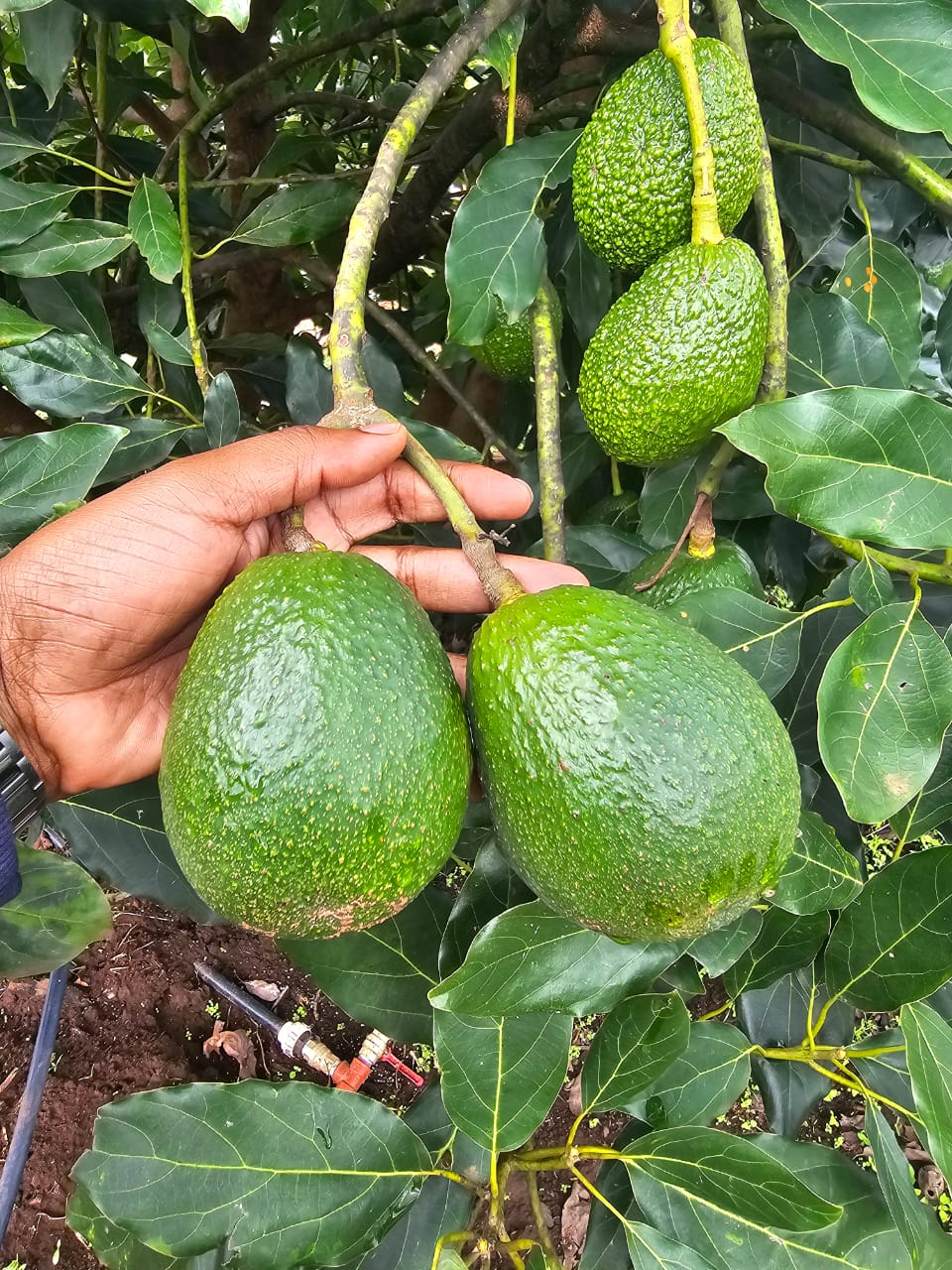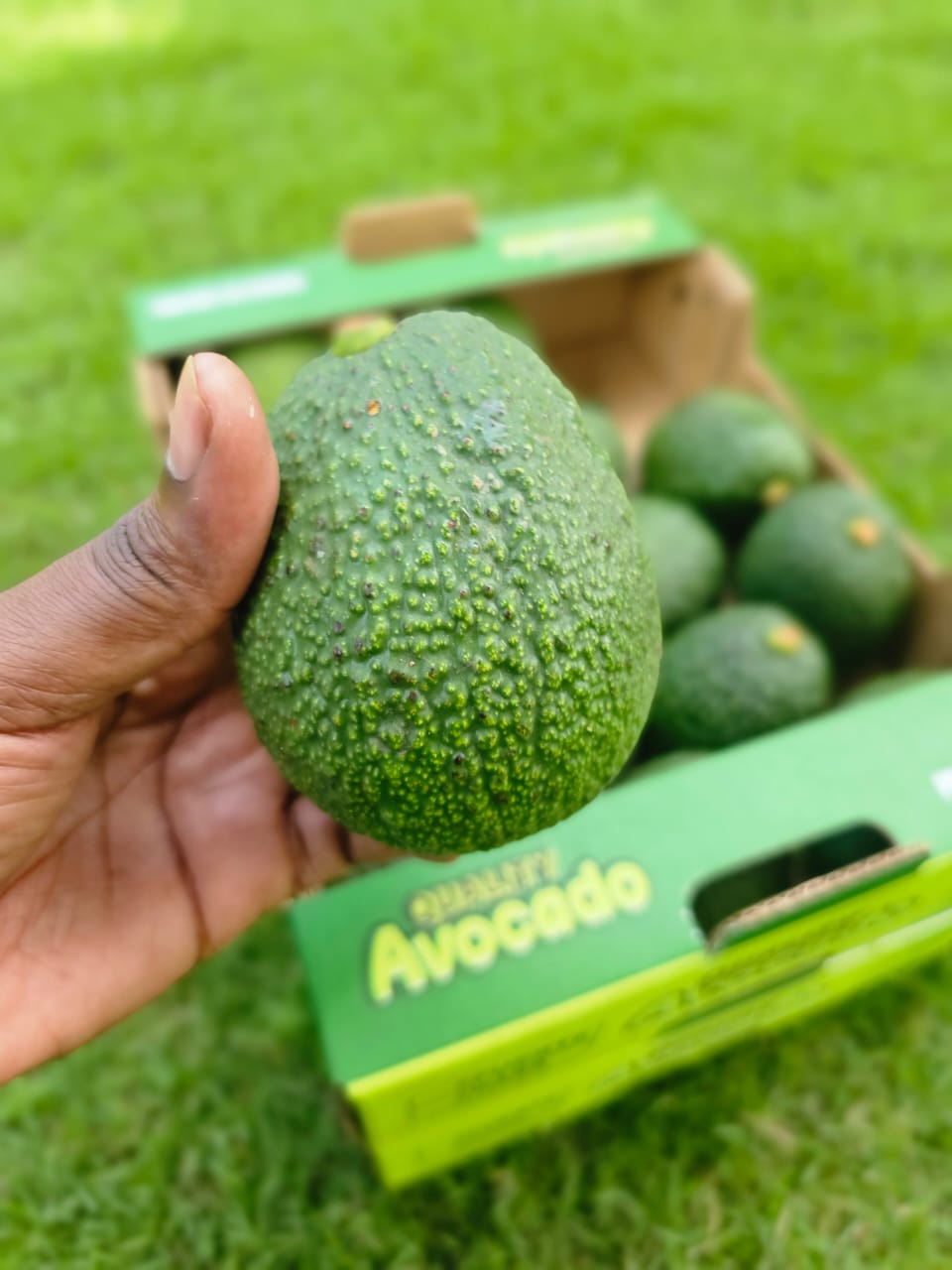Tanzania’s avocado industry has emerged as a key player in the global market, with its diverse agro-climatic zones enabling year-round production. The country’s ability to supply high-quality Hass avocados across different seasons presents a unique advantage for exporters, ensuring consistent market availability. With exports exceeding 12,000 metric tons valued at over $30 million in 2023, Tanzania’s avocado sector continues to grow in importance for both the national economy and international markets.


Tanzania’s avocado cultivation spans multiple regions, each contributing to a continuous supply chain:
- Southern Highlands (Mbeya, Iringa, Njombe): The country’s primary production hub, contributing about 50% of total output with peak harvest from March to August.
- Northern Zone (Arusha, Kilimanjaro): Key export-oriented region with harvests from April to September, complementing the southern production cycle.
- Eastern Regions (Tanga, Morogoro): Emerging production areas expanding Tanzania’s avocado footprint.
- Kagera Region: The Lake Zone’s August-November harvest provides a critical supply when other regions are off-season.
This geographic diversity creates a natural production calendar that few competing origins can match.
Tanzania’s staggered harvesting seasons across regions offer exporters several strategic benefits:
- Continuous Market Supply: The sequential harvests from March through November allow exporters to maintain consistent shipments, meeting buyer demand without seasonal gaps.
- Premium Pricing Opportunities: Kagera’s August-November production captures the valuable European autumn market when supplies from other sources decline.
- Reduced Buyer Risk: The extended availability minimizes reliance on any single region’s crop, mitigating weather-related production risks.
- Optimized Logistics: Exporters can plan shipping schedules more efficiently with predictable, rotating regional harvests.
Market development and future potential
While Tanzania already supplies major markets including Europe, the Middle East and South Africa, the year-round availability positions the country to:
- Expand into new markets that require consistent supply
- Develop longer-term contracts with international buyers
- Increase value-added processing during off-peak periods
The Tanzania Horticultural Association (TAHA) reports that proper coordination of these regional harvests could increase export volumes by 40% within five years. However, realizing this potential requires addressing critical challenges:
- Infrastructure Development: Improved cold storage and transport networks to link production zones
- Quality Consistency: Enhanced post-harvest handling across all regions
- Market Intelligence: Better systems to match regional outputs with market demands
Tanzania’s natural advantage of staggered avocado harvests across diverse regions provides a unique value proposition in the global avocado trade. By strategically coordinating production from the Southern Highlands, Northern Zone, and Kagera region, Tanzanian exporters can offer buyers one of the most reliable supply pipelines in the industry. As international demand for Hass avocados continues to grow, Tanzania’s ability to deliver quality fruit across three production seasons positions it as an increasingly important origin with potential to significantly expand its market share.
With targeted investments in infrastructure and quality management, Tanzania could transform its regional harvest variations from a logistical challenge into its strongest competitive edge, creating sustainable benefits for farmers, exporters, and the national economy alike.

